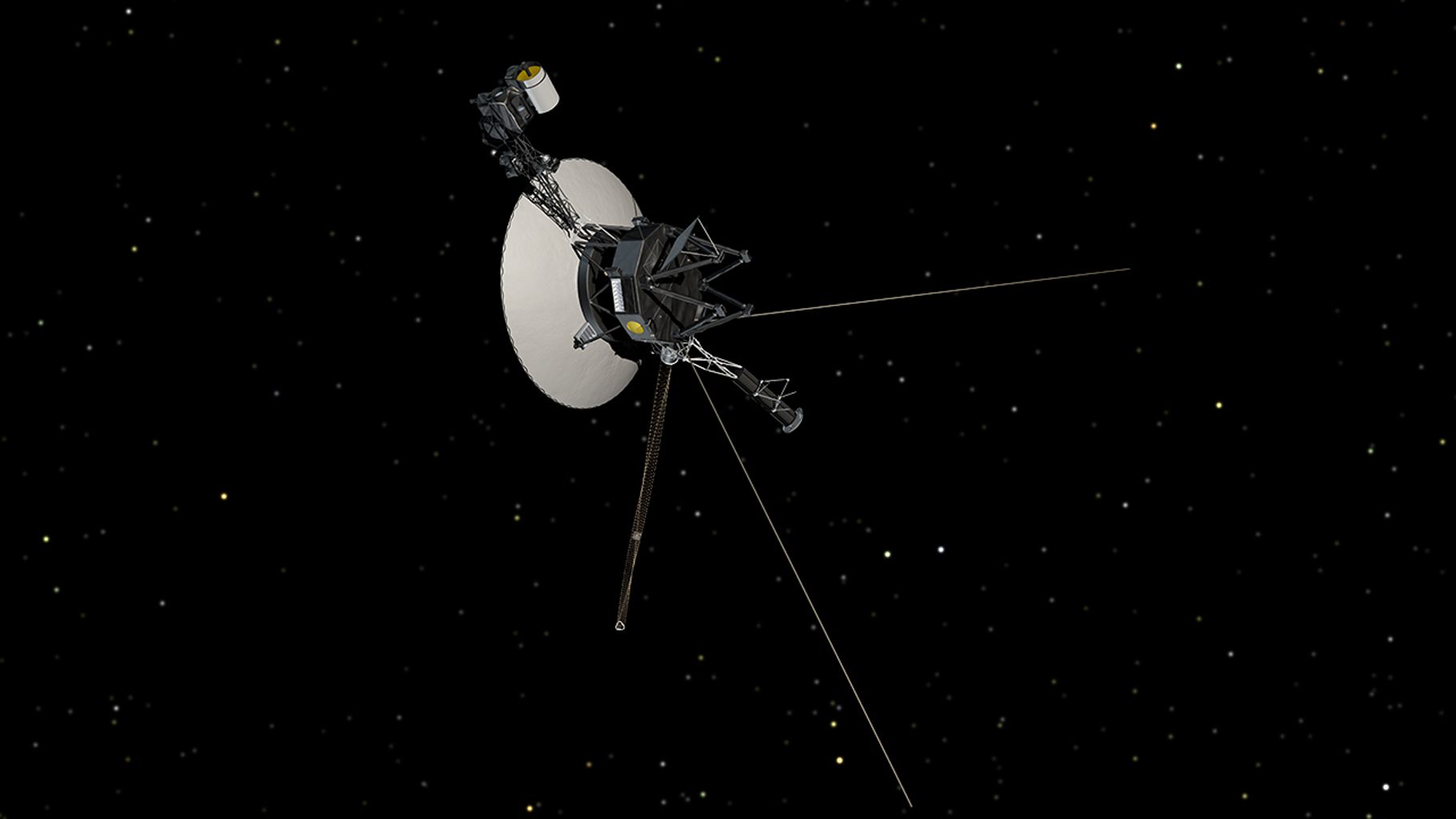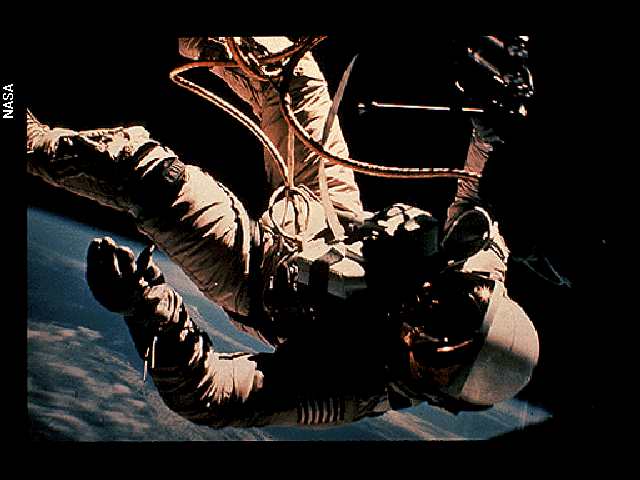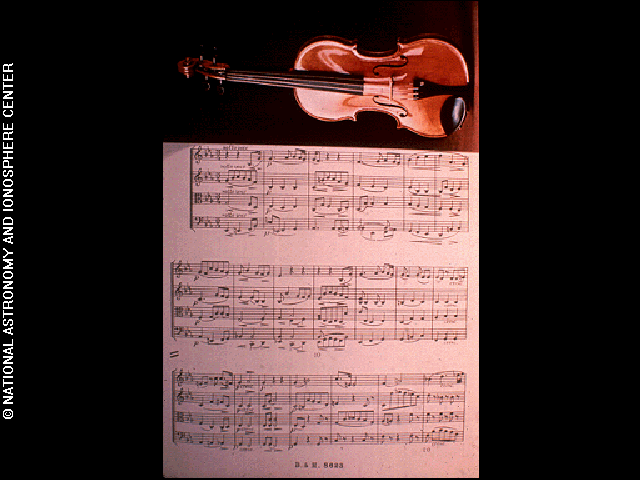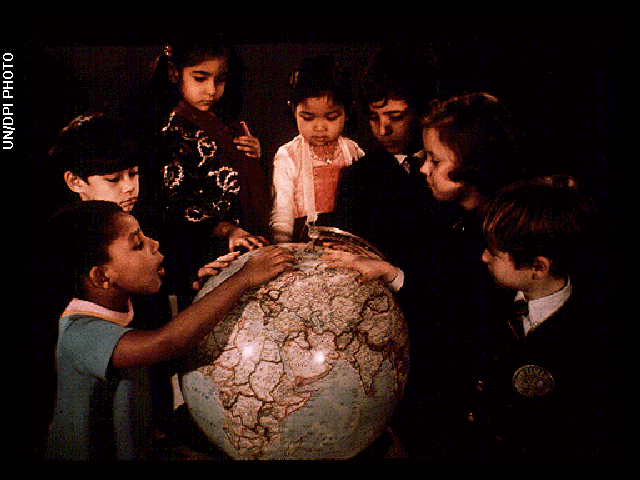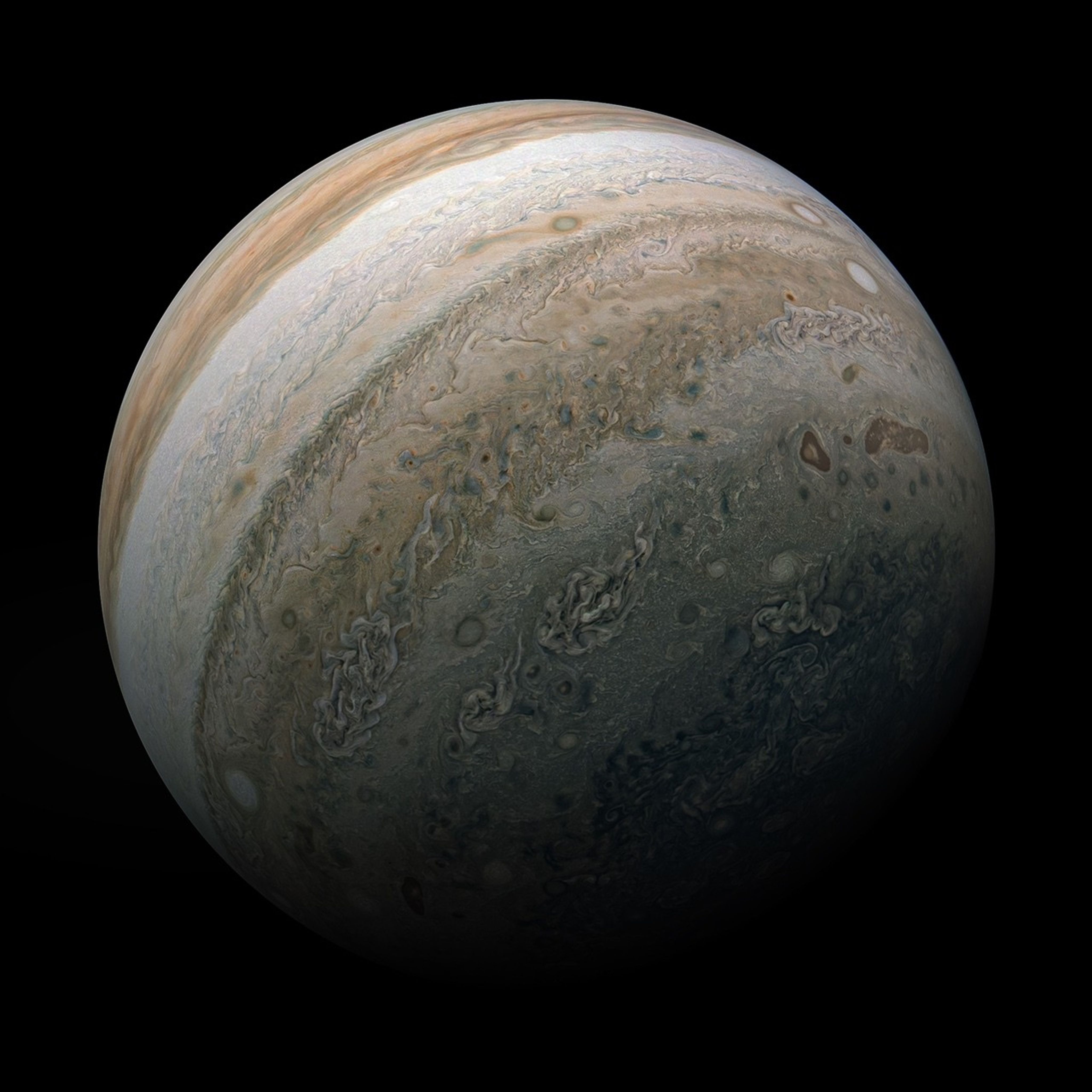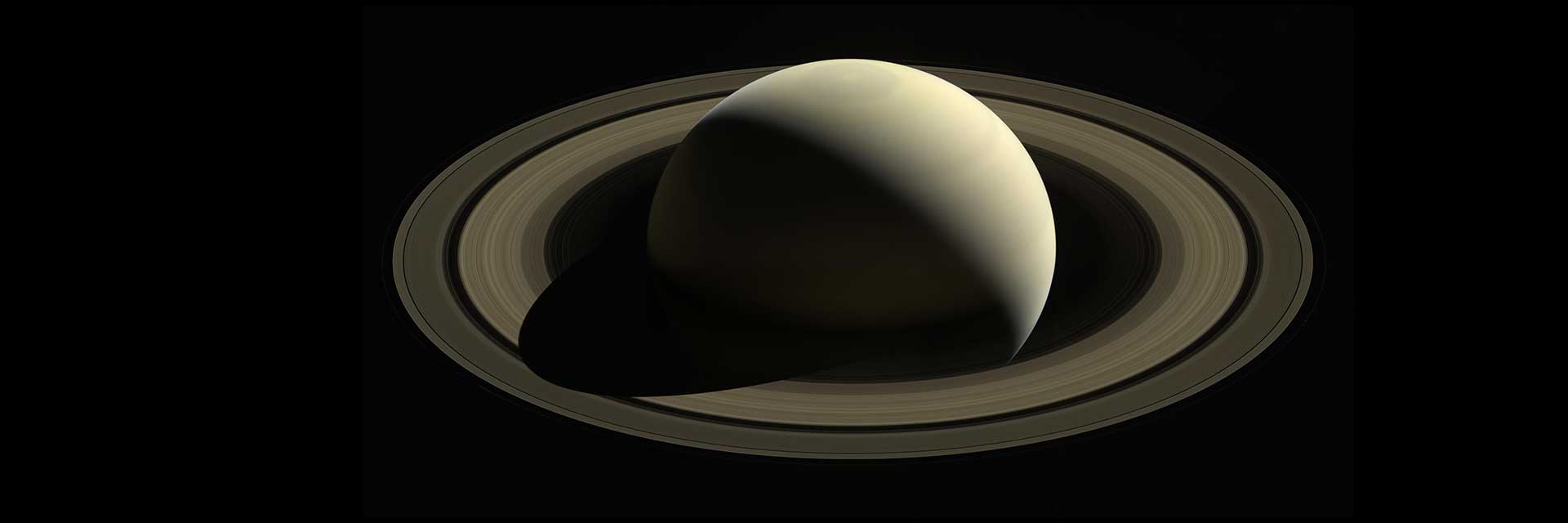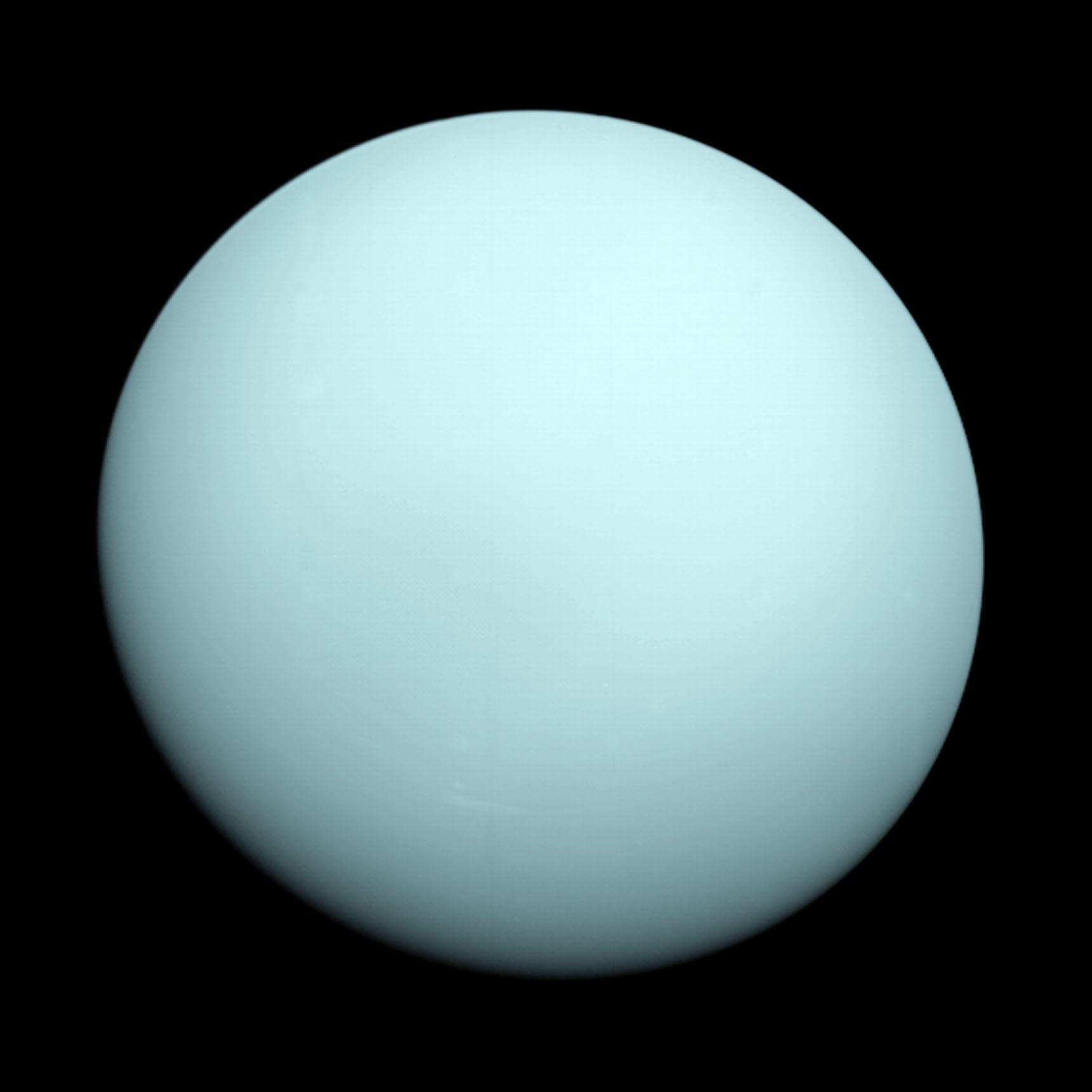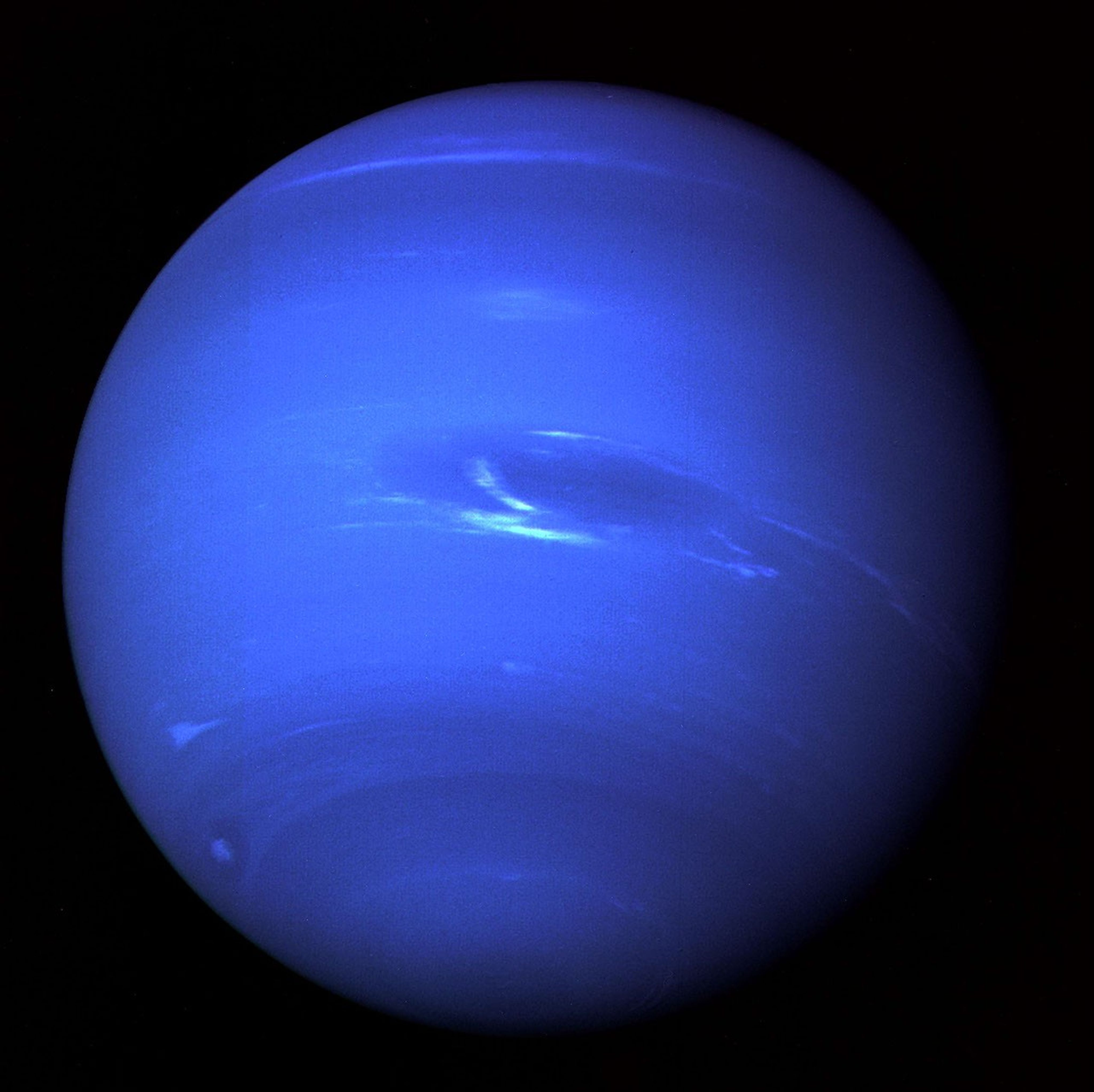The contents of the record were selected for NASA by a committee chaired by Carl Sagan of Cornell University, et. al. Dr. Sagan and his associates assembled 115 images and a variety of natural sounds, such as those made by surf, wind and thunder, birds, whales, and other animals. To this they added musical selections from different cultures and eras, and spoken greetings from Earth-people in fifty-five languages, and printed messages from President Carter and U.N. Secretary General Waldheim.
The spacecraft will be encountered and the record played only if there are advanced spacefaring civilizations in interstellar space.

Carl Sagan
Planetary Scientist
Each record is encased in a protective aluminum jacket, together with a cartridge and a needle. Instructions, in symbolic language, explain the origin of the spacecraft and indicate how the record is to be played. The 115 images are encoded in analog form.
The remainder of the record is in audio, designed to be played at 16-2/3 revolutions per minute. It contains the spoken greetings, beginning with Akkadian, which was spoken in Sumer about six thousand years ago, and ending with Wu, a modern Chinese dialect. Following the section on the sounds of Earth, there is an eclectic 90-minute selection of music, including both Eastern and Western classics and a variety of ethnic music. Once the Voyager spacecraft leave the solar system (by 1990, both will be beyond the orbit of Pluto), they will find themselves in empty space. It will be forty thousand years before they make a close approach to any other planetary system. As Carl Sagan has noted, "The spacecraft will be encountered and the record played only if there are advanced spacefaring civilizations in interstellar space. But the launching of this bottle into the cosmic ocean says something very hopeful about life on this planet."
The definitive work about the Voyager record is "Murmurs of Earth" by Executive Director, Carl Sagan, Technical Director, Frank Drake, Creative Director, Ann Druyan, Producer, Timothy Ferris, Designer, Jon Lomberg, and Greetings Organizer, Linda Salzman. Basically, this book is the story behind the creation of the record, and includes a full list of everything on the record. "Murmurs of Earth", originally published in 1978, was reissued in 1992 by Warner News Media with a CD-ROM that replicates the Voyager record. Unfortunately, this book is now out of print, but it is worth the effort to try and find a used copy or browse through a library copy.
Voyager Will Carry "Earth Sounds" Record
On the chance that someone is out there, NASA has approved tie placement of a phonograph record on each of two planetary spacecraft being readied far launch next month to the outer reaches of the solar system.
Read the historic press release